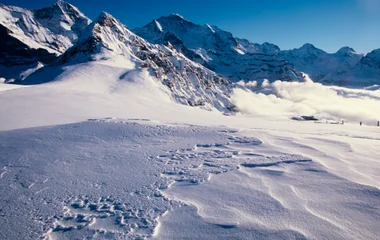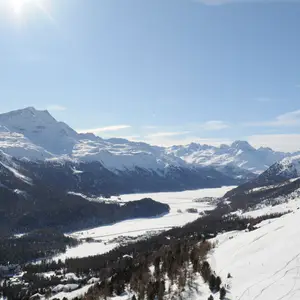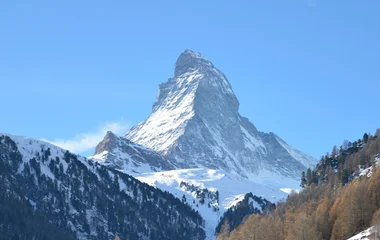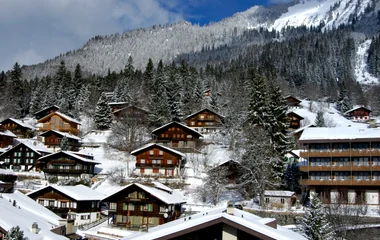
Geography, Climate and Outdoor Activities
The Swiss Alps are characterized by dramatic peaks, including the Matterhorn and Jungfrau, pristine lakes and well-preserved nature reserves. The region boasts a structured and organized environment, making it ideal for those seeking reliability in their adventures. The alpine regions of Switzerland are known for their towering glaciers, deep valleys and crystal-clear lakes, such as Lake Geneva and Lake Lucerne, which create picture-perfect landscapes throughout the year. The high-altitude terrain means that the Swiss Alps are often snow-covered well into late spring, making them a haven for winter sports enthusiasts.
On the other hand, the Italian Alps, extending from the Dolomites in the east to the Aosta Valley in the west, offer a more rugged terrain interspersed with medieval castles, vineyards and rolling meadows. The Dolomites, with their jagged limestone formations, are particularly iconic and provide some of the most visually striking alpine landscapes. The Italian Alps tend to have gentler slopes in certain regions, allowing for more accessible hiking and cycling routes, while still offering dramatic peaks such as Marmolada and Monte Rosa.
The Swiss Alps tend to have a more predictable climate, with well-defined seasons that support year-round tourism. The cold winters ensure excellent snow conditions for skiing, while the summer months provide lush greenery and temperate conditions for hiking. Due to Switzerland’s northern location and higher altitudes, winter temperatures can drop significantly, ensuring long-lasting snow coverage that makes the region ideal for winter sports enthusiasts. Resorts like Zermatt and Verbier consistently offer some of the best ski conditions in Europe, attracting visitors from around the world.
The Italian Alps, influenced by Mediterranean weather patterns, experience slightly milder winters and warmer summers. This allows for extended hiking and cycling seasons, making the region appealing to those who prefer a broader range of outdoor activities beyond winter sports. Skiing and snowboarding in the Dolomiti Superski area provide access to over 746 miles (1,200 kilometers) of slopes with spectacular scenery. The region is also famous for its via ferrata routes, which allow climbers to navigate steep rock faces with the aid of steel cables and ladders. In the warmer months, mountain biking, paragliding and rafting in the Italian Alps provide adventure seekers with endless opportunities to explore the stunning terrain.





